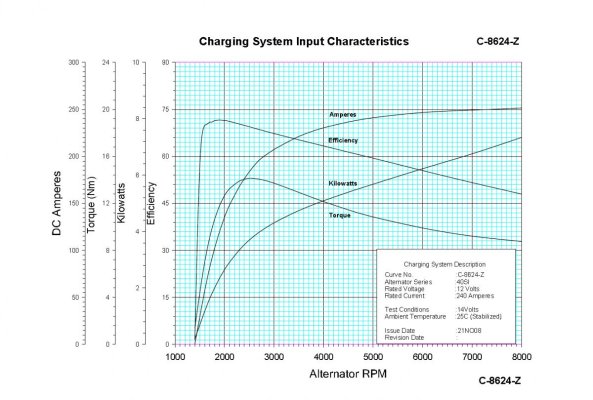Simi 60
Guru
- Joined
- Jul 1, 2016
- Messages
- 5,482
- Location
- Australia
- Vessel Make
- Milkraft 60 converted timber prawn trawler
I have the opportunity to get a Balmar 24v J180 mount alt
https://balmar.net/product/9504-24-140-ig/
And a MC 624 regulator, looking near new for the right price.
Whilst the blurb says the MC 624 "Now includes lifepo4"
https://balmar.net/product/mc-624/
further digging shows "partial" (scroll down link)
https://balmar.net/balmar-technology/multi-stage-regulation/
What does this mean to me?
ALSO, seeing as we only run at around 1150rpm, what sort of output would we realistically expect from this?
I am thinking I'd be busting off the pulley on my 40amp Delco and installing it on this?
Thanks
https://balmar.net/product/9504-24-140-ig/
And a MC 624 regulator, looking near new for the right price.
Whilst the blurb says the MC 624 "Now includes lifepo4"
https://balmar.net/product/mc-624/
further digging shows "partial" (scroll down link)
https://balmar.net/balmar-technology/multi-stage-regulation/
What does this mean to me?
ALSO, seeing as we only run at around 1150rpm, what sort of output would we realistically expect from this?
I am thinking I'd be busting off the pulley on my 40amp Delco and installing it on this?
Thanks
Last edited:

